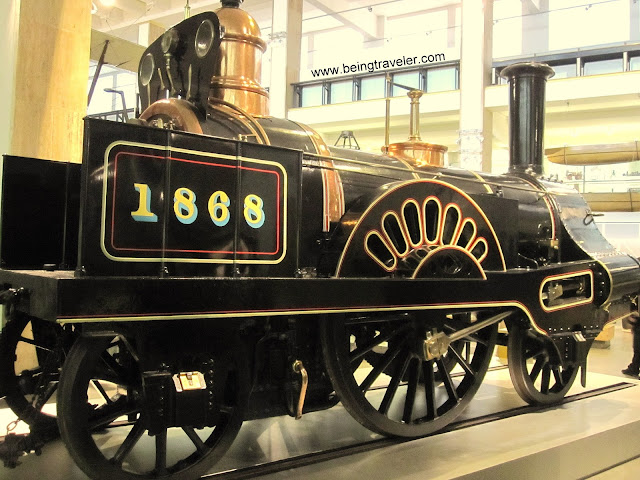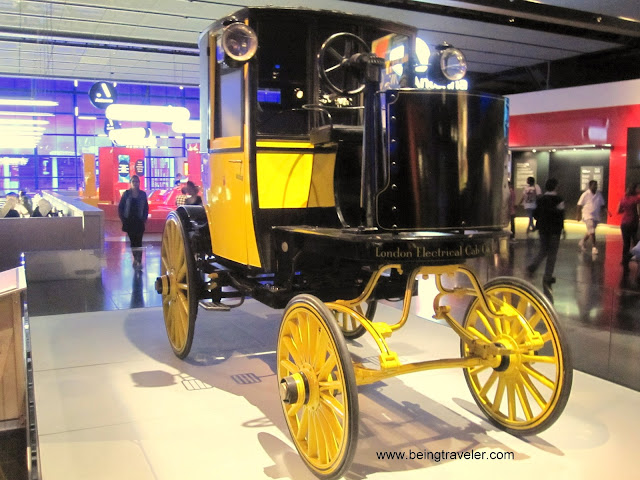Ever wondered what it would feel like to step into the lab of some great inventor? A place where once a great scientist worked, experimented, failed, succeeded and most important, invented the things which reshaped the world.
Wouldn't it be a breathtaking experience to see his very own table where he must have spent sleepless nights to benefit the world where we live in; his tools which contributed to bring the world's greatest Industrial revolution?
An inventor who developed the concept of horsepower and the SI unit of power, the watt, was named after him. An inventor whose improvements to the steam engine converted it from a prime mover of marginal efficiency into the mechanical workhorse of the Industrial Revolution. If you are still wondering who I am talking about, without much secret, I am talking about James Watt.
James Watt (1736 - 1819), a Scottish inventor and mechanical engineer whose improvements to the Newcomen steam engine were fundamental to the changes brought by the Industrial Revolution in Great Britain and the rest of the world.
His laboratory, his tools, his machine, everything is kept intact in the famous Science Museum of London. It is almost like revisiting that era.
James Watt also replicated the sculptures to meet the emerging consumer demand for reproduced art. Below image shows his work bench where his tools are placed which he used to replicate the sculptures.
Not even his machines and tools, above is the image where you can see the door to his lab and the storage where he kept all his tools. Isn't it just marvelous?
Well, the joy ride doesn't end here. The next section of the museum takes you to the world of stars, our universe. Well, the first step to explore our universe begun when world's first rocket was built. Below is the image of first successful Liquid Propellant Rocket. The rocket did not rise at first but flame came out and there was a steady roar. After a few seconds, it rose slowly at first until it cleared the frame, and then took a flight at express train speed which lasted for 2.5 seconds and rocket reached at a height of 12.5m.
 |
| World's First Rocket |
And then there was J2 engine, image below. J2 engine, 1966, six of these were used to accelerate each Apollo Saturn V rocket and its astronaut crew to the moon. Can it get any better than this?
Apollo 10 command module, 1969 below in which astronauts Tom Stafford, John Young and Gene Cernan traveled around the moon in 1969.
 |
| Apollo 10 Command Module |
My excitement grew as I entered the section of cars with models as old as Ford Model T and Rover's Jet 1 which was world's first gas-turbine-powered motor car.
 |
| Ford Model T |
 |
| Rover's Jet 1 |
The above image is the one of the London's first electrical cab to run on London streets. Isn't it just beautiful?
 |
| Weather Forecast |
 |
| A Ship's Radio Cabin of 1910 |
Science museum offers everything to everyone and caters different tastes of different people and kids with interactive kids games to understand evolution, human body, our earth and our universe. A must visit place to know how these things changed the world we live in.








Nice images....Hope to see this in personal!
ReplyDeleteThank you so much!!
Deletenice car. beautiful.
ReplyDeleteOMG This place is awesome!!
ReplyDeleteIt is, actually :)
Delete